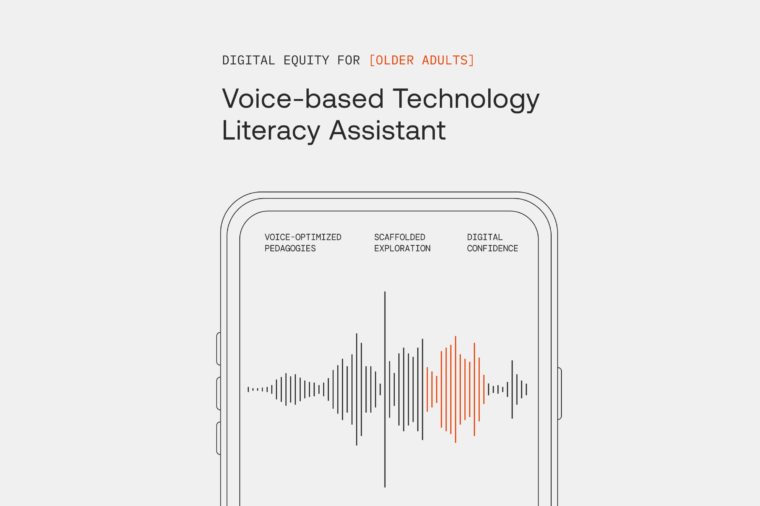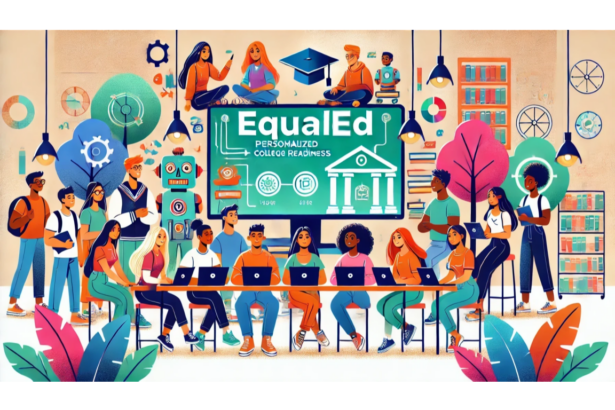As technologies continue to become an increasingly essential part of our lives, those who are not proficient with them are at a significant disadvantage, frequently risking loss of access to critical resources such as healthcare, trustworthy information, and connections with loved ones. Older adults are disproportionately more likely to have low tech literacy due to challenges such as cognitive or physical decline; societal stigma and stereotypes associating older adults with low tech proficiency also discourage them from seeking help and guidance on tech literacy. Digital literacy is defined as an individual’s ability to leverage information and communication technologies to find, evaluate, create, and communicate information using their cognitive and technical skills (American Library Association, n.d.).

This project explores optimal voice-based chatbot interactions that support older adults in practicing technology independently. Through interviews with target learners, one emerging theme is that the most challenging aspect of teaching tech literacy to older adults is oftentimes, not the instruction itself but providing opportunities and a sense of psychological safety for learners to practice using technology independently after instruction. Many learners prefer having an instructor present to guide them during their usage and expressed avoidance in engaging with self-directed learning resources, such as guides or manuals. This aversion is likely linked to low self-efficacy in their ability to problem-solve independently in the domain of technology.
A multi-modal AI is particularly advantageous in this context. By enabling the AI to access the learner’s screen, it could assess whether the learner is on the right track, providing space for independent engagement while intervening only when necessary. This capability would reassure learners that the AI can prevent irreversible mistakes, reducing the perceived risks of errors and fostering psychological safety.
The reason behind choosing to study voice-based pedagogy is its ability to reduce cognitive load for learners. With instructions delivered primarily through voice, it allows the learners to minimize the AI chatbot app while focusing on the target applications they are learning, avoiding the need to constantly switch between the app and learning material. In addition, any existing AI solutions are not optimized for voice-based teaching. For instance, chatbots often deliver multiple steps in a single interaction, which can overwhelm learners’ short-term memory.



